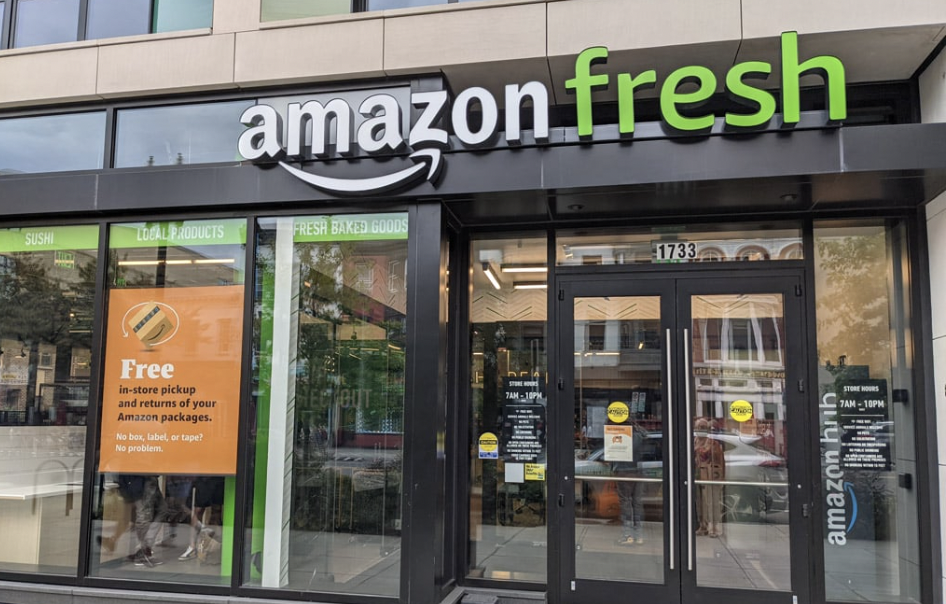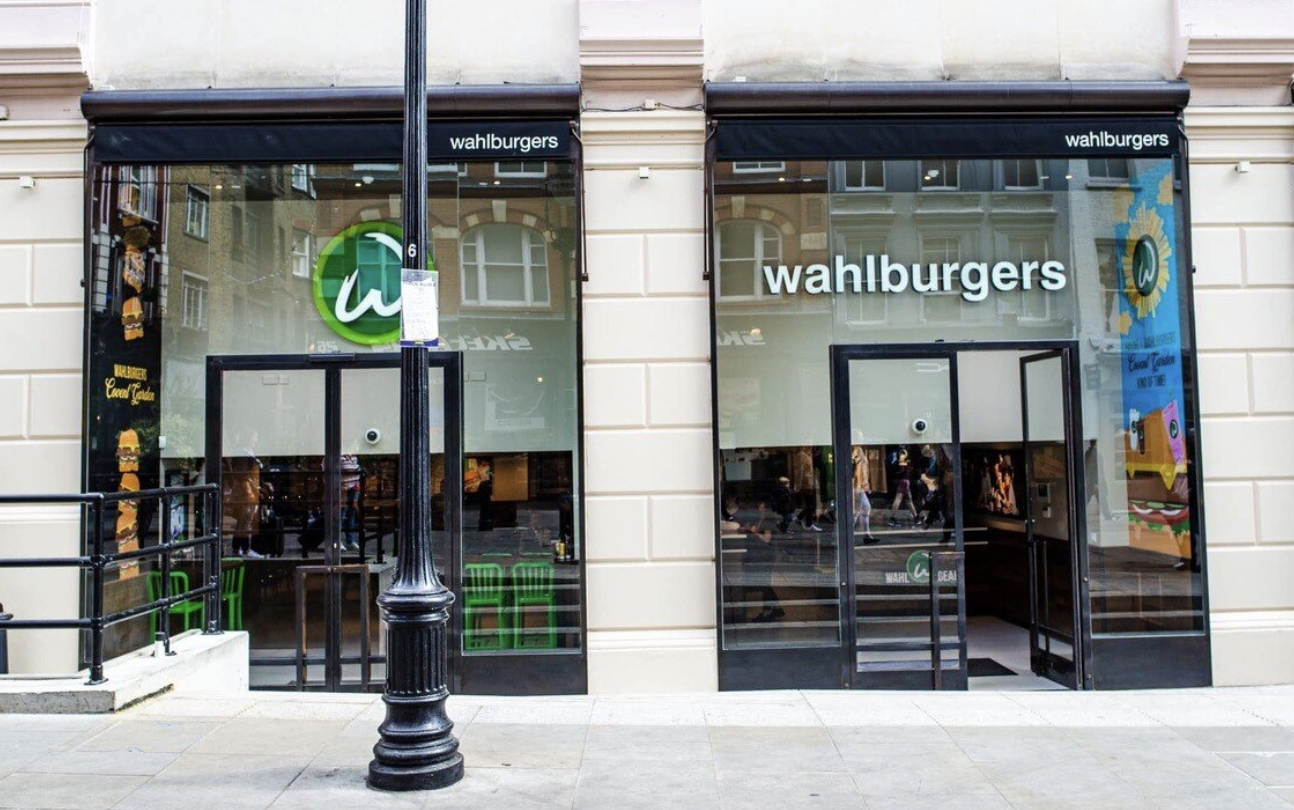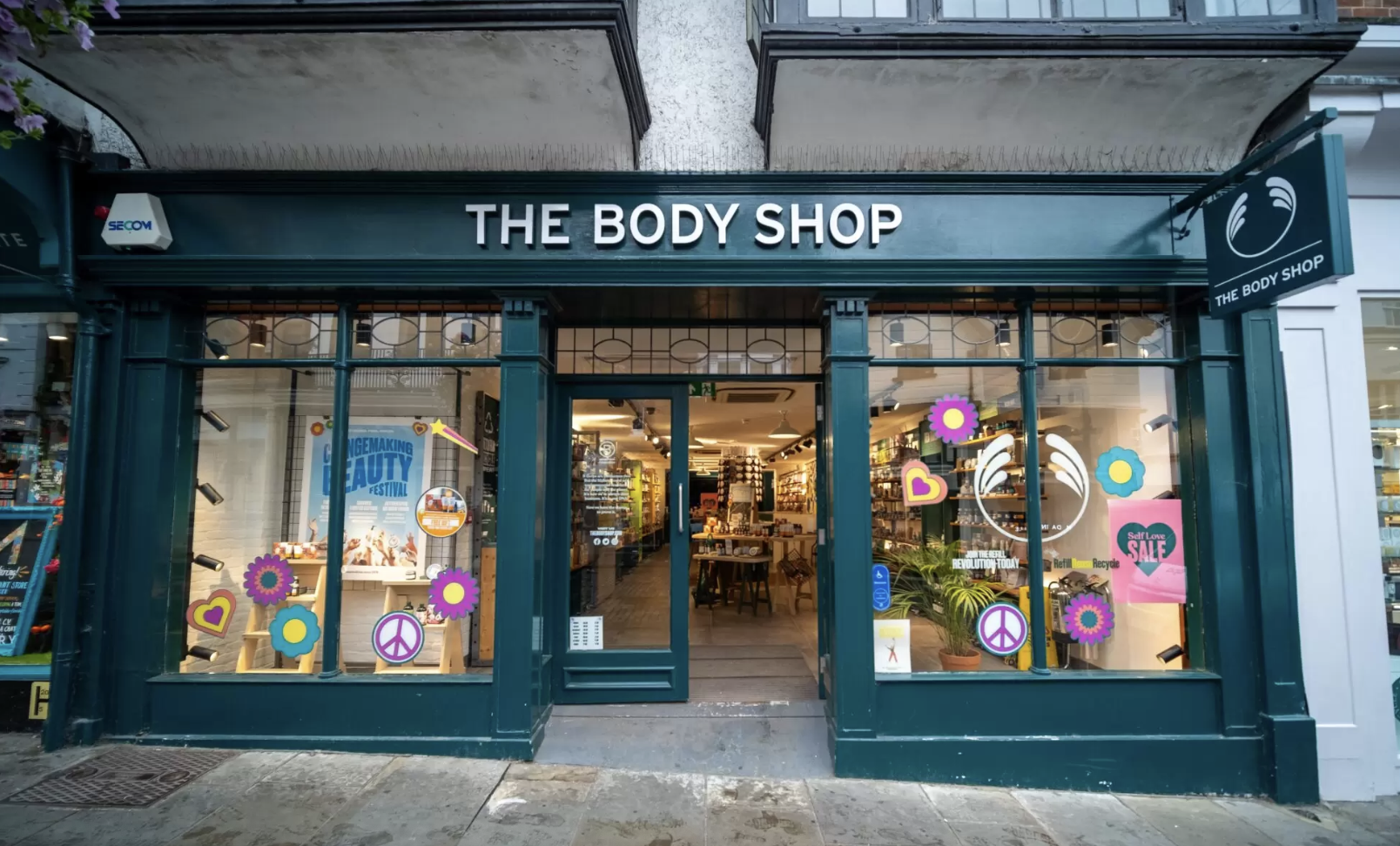Beyond the Postcode: Choosing New Sites That Actually Deliver
Opening a new site is exciting as it’s a sign of growth. But it can also be a costly mistake if you choose the wrong location.
Most businesses rely on a mix of performance reports, market research and instinct to guide their next move. But spreadsheets won’t show you that footfall decreases sharply after 3pm. Or that your top competitor is just around the corner. Or that the “promising” postcode is impossible for you to park your car there.
That’s where Location Intelligence makes all the difference. It helps you make expansion decisions with confidence, as it shows you what the numbers alone can’t.
Why Getting It Wrong Costs More Than You Think
Expanding into the wrong location doesn’t just hurt the bottom line, it wastes precious time, energy and resources that could have been allocated elsewhere. The examples below aren’t small businesses, but they show how even the biggest brands can get it wrong when local context is missing from the decision.
Take Amazon Fresh in the UK who launched dozens of high-tech stores in London with cashierless checkouts. But due to the relatively low observed footfall in their stores, several of their sites in North and West London were struggling and were closed within 18 months of opening.
Weak footfall and poor site selection were a significant part of the issue. Consequently, Amazon scaled back their physical footprint while they revisited their bricks and mortar strategy in some areas.


Wahlburgers is a US burger restaurant and bar chain owned by chef Paul Wahlberg in partnership with two of his brothers, actors Donnie and Mark. The restaurant was the group’s first outside North America, in what it had said would be the first of 50 in the UK over five years.
Unfortunately their ambitious expansion plan didn’t take off. As their flagship site in Covent Garden closed little more than a year after it opened. This was due to the financial impacts of the pandemic as well as the uncertainly of consumer behaviour in such a prime location.
The Body Shop was founded in Brighton in 1976 by Dame Anita Roddick, the founder who believed that business could be a force for good. The brand grew into a global business serving over 30 million customers worldwide.
In 2024 they announced the closure of nearly half of their UK stores. While multiple factors were involved, including economic pressures and a change in ownership, retail analysts pointed to over-saturation in areas with low footfall and poor accessibility.

What Smart Teams Do Differently
The businesses who are getting it right are backing their decisions with insight, not guesswork, by using tools like Periscope® to guide smarter expansion.
Here’s how that looks in practice:
- Mapping your best-performing sites and spotting patterns you can replicate
- Overlaying demographic, affluence, footfall and local access data to see how areas really function
- Comparing potential new sites side by side, not just by rent or size, but also by behaviour and market opportunity
- Factoring in competitor density, transport links, school catchments or workday footfall, depending on your desired model
Let’s say you’re a growing fitness brand and you want to open in a new area. Location Intelligence can show you where your ideal members live, how accessible the site is, what nearby brands might compete or complement, and how footfall changes by time of day or week. This isn’t just a map – it’s a business case.
It’s About Making Decisions Powered By Place
There’ll always be an element of risk in any expansion plan. But location data gives you the confidence to ask smarter questions and back your instincts with evidence. So your next site shouldn’t just be available, it should be viable.
Want to see how Periscope® helps you plan your next location?
Book a call with Henry, our new Head of Sales, to show you what’s possible.
